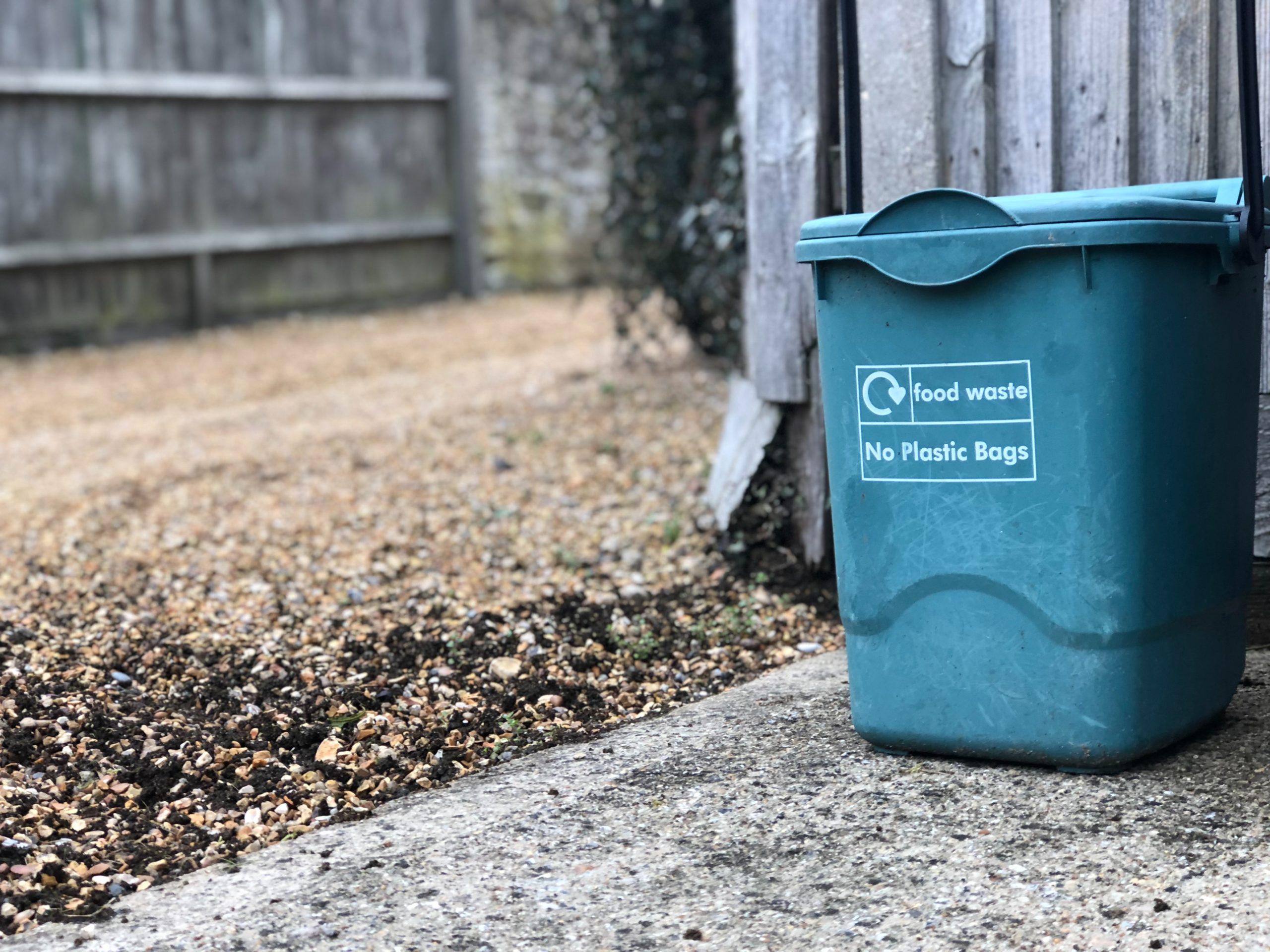How Green is Your Dry Cleaner?
A couple of years ago, I made the switch to a “green” dry cleaners, but never questioned the name. Yes, I was paying a premium, but I could justify the price to ensure a lower on the earth. As it turns out, some green dry cleaners aren’t all that green.
Dry cleaning has been around for many centuries, beginning with the Romans who used ammonia distilled from urine to clean wool togas. The process of dry cleaning evolved through the centuries until the 1930s when a chlorinated solvent, perchloroethylene, became the leading method for cleaning fabrics without using water.
Today approximately 80% of dry cleaners still use the solvent perchloroethylene or “perc” even though the United States Environmental Protection Agency (EPA) considers perc both a health and environmental hazard.
In the 1990s the EPA began to regulate dry cleaning chemicals and encourage commercial cleaners to use safer, more eco friendly solvents. The use of these solvents became known as “Green Dry Cleaning”.

What Is Green Dry Cleaning?
As with other industries, many dry cleaners are guilty of greenwashing. In fact, “green dry cleaning” is used to describe any dry cleaning method that doesn’t involve using perc.
One of these alternative methods is wet cleaning, which is a gentler version of home laundering. Three other green cleaning methods utilize the traditional solvent model substituting carbon dioxide, hydrocarbon or silicon-based cleaners for perc.
However, of the four types of alternative cleaning offered in the United States, only two are considered truly safe for the environment and consumers. They are wet cleaning and liquid carbon dioxide cleaning. If you’re looking for the most environmentally sound type of cleaning, ask your dry cleaner which of the processes or solvents they utilize.
Methods of Green Dry Cleaning
Wet Cleaning
Wet cleaning uses water and specialized detergents that are milder than home laundry products to clean clothes. These cleaners have computerized washers and dryers and professional pressing, steaming, and finishing equipment to help your clothes look their best. The EPA considers it one of the safest professional cleaning methods because there is “no hazardous chemical use, no hazardous waste generation, no air pollution, and reduced potential for water and soil contamination”. Extra care is taken before and after cleaning to treat stains since no chemical solvent is used.
DF-2000 Hydrocarbon Solvent
Some cleaners consider themselves green because they use a solvent they claim is organic) called DF-2000. This solvent is a hydrocarbon made from petroleum. Production of these chemicals raises environmental concerns, in particular as it relates to greenhouse gases.
Silicon-Based Solvent
Some cleaners use the GreenEarth cleaning method to replace perc. GreenEarth is basically liquified sand (SiO2). It functions as a silicone-based solvent called siloxane or D-5. Siloxane is similar to some of the base ingredients used in shaving creams and conventional deodorant. When GreenEarth is discarded, it breaks down into sand, water, and carbon dioxide.
Another positive aspect of GreenEarth is that during this patented cleaning process no chemicals touch your clothes. However, the manufacturing of siloxane uses chlorine, which releases dioxin, a known carcinogen, into the atmosphere.
Liquid Carbon Dioxide Cleaning
Carbon dioxide (CO2) cleaning uses liquid CO2 as the cleaning solvent along with detergent. You form CO2 by placing the non-flammable and nontoxic gas under high pressure. Liquid CO2 is non-toxic and used to provide carbonation to soft drinks.
Clothes are placed what looks like a traditional dry cleaning machine where the ambient air is sucked out. The cleaning drum is then injected with carbon dioxide in both gas and liquid form. After the clothes are cleaned, the liquid CO2 is pumped back into a holding tank for reuse.
This process is perhaps the most environmentally-friendly, because nearly 98% of the CO2 is captured. As less than three percent of the CO2 used from each load is lost into the air, impact on climate change is minimal. Additionally, because there is no solvent to heat, the process uses less energy than traditional dry cleaning.
While CO2 is naturally occurring and inexpensive, these dry cleaning machines cost approximately $40,000 each. For many small businesses, that is prohibitively expensive.
The Future of Eco-Friendly Dry Cleaning
The state of California is leading the way toward green dry cleaning by committing to phase out the use of perc by 2023. The state offers grant money to cleaners that switch from perc to CO2 or wet cleaning. Other states are considering similar legislation.
How to Get the Best Results From Green Dry Cleaning
While many dry cleaners now use “green” or “eco” in their name, few have transitioned to the most environmentally friendly methods.
The best thing for the earth is to swap out some of your more delicate clothing for pieces made from Tencel or hemp. They need washing less often, so you’ll make fewer trips to the dry cleaners.
Ask which method your dry cleaner uses and search for dry cleaners in your area that use the wet cleaning or carbon dioxide cleaning process. If you’re able to find one that employs these and other eco friendly business practices, dry cleaning your clothes may be more eco friendly than washing them at home!



